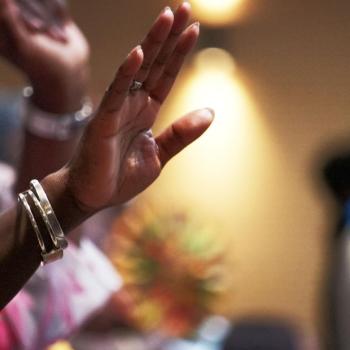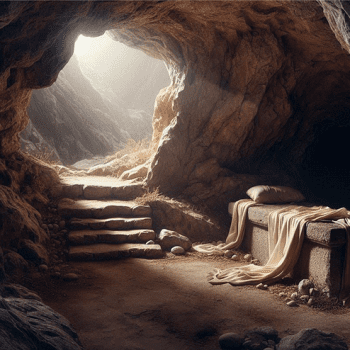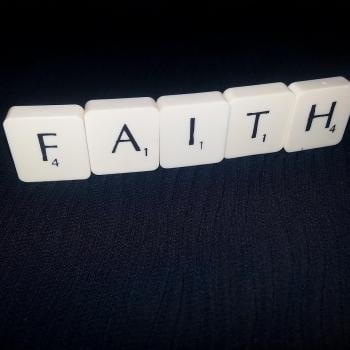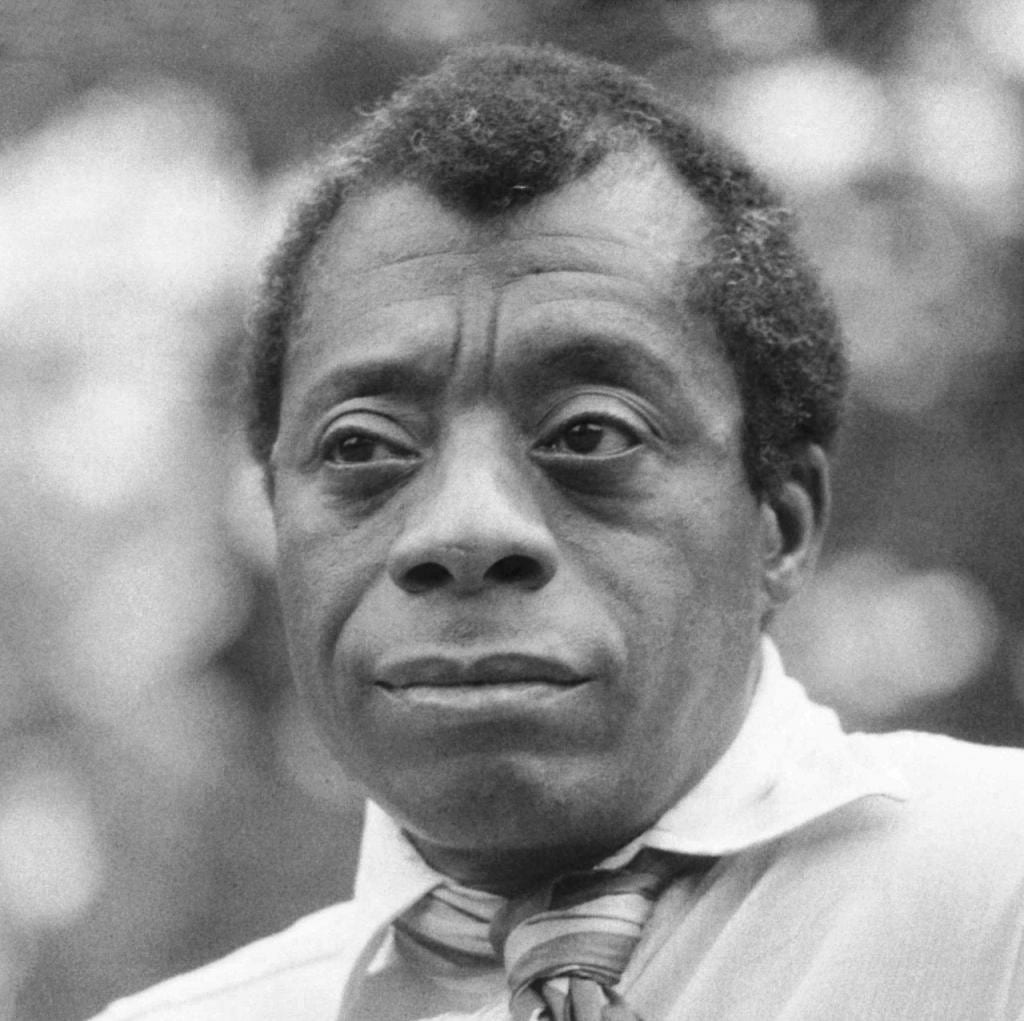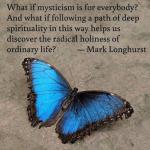Mystics talk about oneness a lot. Classic definitions of divine intimate encounter often stumble towards language of union. There’s a long tradition in Christian mysticism (John of the Cross and Teresa of Avila) of what’s called spousal mysticism. This refers to those spiritual lovers that find such delight in divine love that the only language appropriate to their experience is ecstatic exclamations of marital and erotic union. Failing metaphors, they draw on the most intimate language available. “I am my beloved and he is mine,” says the poetic voice of the Song of Songs (6:3).
Anyone who cares about our world today, however, is painfully aware how utterly far from union we are. Our cultural, political and moral landscape is filled with fragmentation, brokenness, seemingly irreconcilable beliefs, vitriol, scapegoating of the different, attribution of evil to the other side, and even imprisonment of those who look different or may come from a different country.
Which begs the question: what, on earth, does the mystical vision of oneness have to say to today’s reality? Is it just a pipe dream? Does unity need to be thrown out in favor of the cause of justice? Does taking sides with the poor, or the immigrant, or the incarcerated, mean giving up on oneness? But, how can there be true oneness without justice for all, especially the most vulnerable?
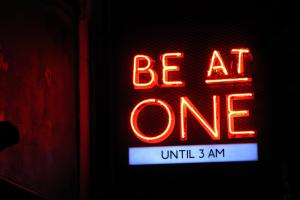
I remember a Brian Mclaren talk from a Center for Action Contemplation conference on Emerging Christianity. I’m paraphrasing, but what I recall him teaching is that there are three stages towards unitive consciousness: first, there is naïve oneness, then there is duality, and then there is mature and heterogeneous oneness, what looks like a second naivete.
Naïve oneness is the undifferentiated experience of the baby and her mother. Or, the narcissistic claim, which I have heard in person, of a white-privileged, spiritual but not religious person claiming “oneness with the universe.” Or the imperial claim of powers to make the world in their image: the desired “one language” of the builders of Babel’s tower, or the clinging to power at all costs by white men. (“Look they are one people, and they all have one language, and this is only the beginning of what they will do.” Genesis 11:6)
But then there is the fact of duality and separation. These are the binaries which order our lives, what Cynthia Bourgeault calls our “egoic operating system.” Many facets of our binary world are in fact positive, such as the code that wrote the program to build the computer on which I’m typing this post. Or the necessary differentiation we make from our parents in order to become individual selves. I stopped at a stop sign today to go to work, rather than keep going and crash into an oncoming car. I chose “this” and not “that.”
The spiritual seer, however, sees beyond binaries. Reality is always more than two. The ability to see beyond black/white, male/female, gay/straight, Christian/non-Christian, American/undocumented immigrant is a marker of a consciousness that has moved beyond dualism. Or, it’s the emergence of what’s called nondual consciousness.
Just what is nondual consciousness, though? It’s easier to say what’s it’s not than to articulate what it is. But you know it when you see it. The elderly man who has nothing to prove, shines authentic joy, and speaks with just as much sparkle to children as with adults. The presence of that woman who makes you laugh more than you thought possible and awakens the passion of being alive. The feeling when listening to sounds of a river that you could sit on a rock all day. And then you do, and it cracks open something spacious inside.
Nondual consciousness is, maybe, the elusive oneness that emerges only after holding, learning from, and even loving duality and difference.
Today, what is needed is not more first-stage “oneness,” which really is another word for domination. More white people fighting for a country that looks like them leads to structures of white supremacy and even outright white nationalism, not “oneness” for anyone other than the chosen. Ralph Ellison saw over fifty years ago that to make America white was to render people of color invisible.
More corporations selling the world on their brand does not promote unity in any meaningful sense. It’s just the injustice of Babel all over again.
The world is searching the same browsers, but whatever nondual consciousness is, it can’t be that. It has to be, paradoxically, a oneness of difference. A spacious ability to honor multiple truths and identities while not falling prey to the lie that multiple truths and identities are all there is. This is the postmodern trap.
When Jesus says, “I and the Father are one” and then prays “that they may all be one,” he is laying claim to a spiritual fact of unity. But Jesus also shows in his life and ministry that whatever oneness he experiences with the Father, and whatever oneness he prays for followers to likewise experience, it must not be at the expense of the marginalized. Otherwise it is false.
Rather, the maturity of mystical union or “oneness” lies precisely in the understanding that the excluded, cast out, poor, mentally ill, imprisoned, disabled, gender-bending, and queer are a cast of saints instead of simply “other” than the norm. And the degree of solidarity people of privilege experience and demonstrate with people on margins is a marker that tests one’s true degree of spiritual unity.
Photo by Nick Fewings on Unsplash


